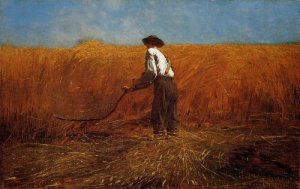
Picturing America, in an initiative funded by the National Endowment for the Humanities, brings examples from the many different genres of American art into the classroom. The program provides new and interesting pathways for students to understand American history. In addition to the resource book, the website also offers several additional resources for teachers looking to incorporate the program into their lesson plans.
One of the lesson plans available, “Homer’s Civil War Veteran: Battlefield to Wheat Field,” draws on both visual and written primary sources. Aimed at those in middle school (grades six through eight), the first activity has students compare and contrast Winslow Homer’s painting, The Veteran in a New Field, with Timothy O’Sullivan’s photograph, A Harvest of Death, Gettysburg 1863. The second has students read a selection from Civil War Captain James Wren’s diary concerning his experience at the Second Battle of Bull Run/Battle of Second Manassas. Finally, the third encourages students to make connections between all three activities, asking what the anonymous veteran in Homer’s painting might be thinking and why. The activities are easily adaptable to individual classroom needs and are creative enough to capture students’ interests.
 The National Park Service boasts an
The National Park Service boasts an 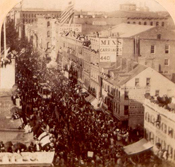 This
This 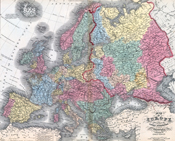
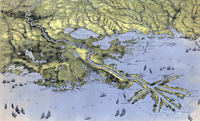
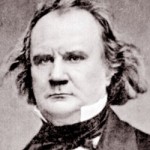
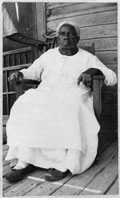 Approaching the topic of slavery can be difficult, especially at the elementary school level when these issues might be discussed for the first time. Posted by the National Endowment for the Humanities, “
Approaching the topic of slavery can be difficult, especially at the elementary school level when these issues might be discussed for the first time. Posted by the National Endowment for the Humanities, “
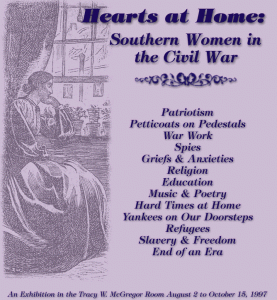
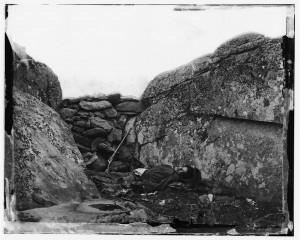 “
“






